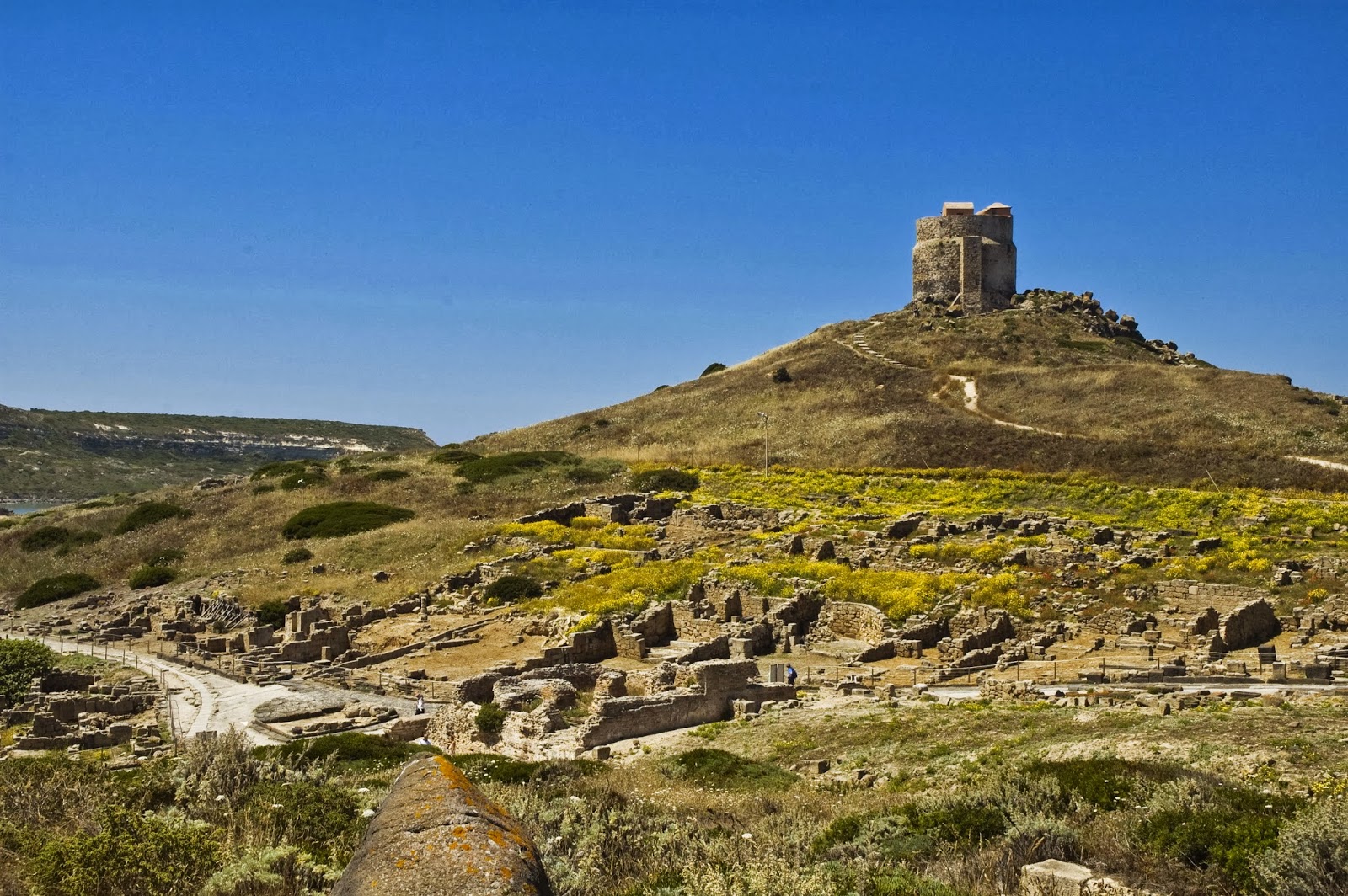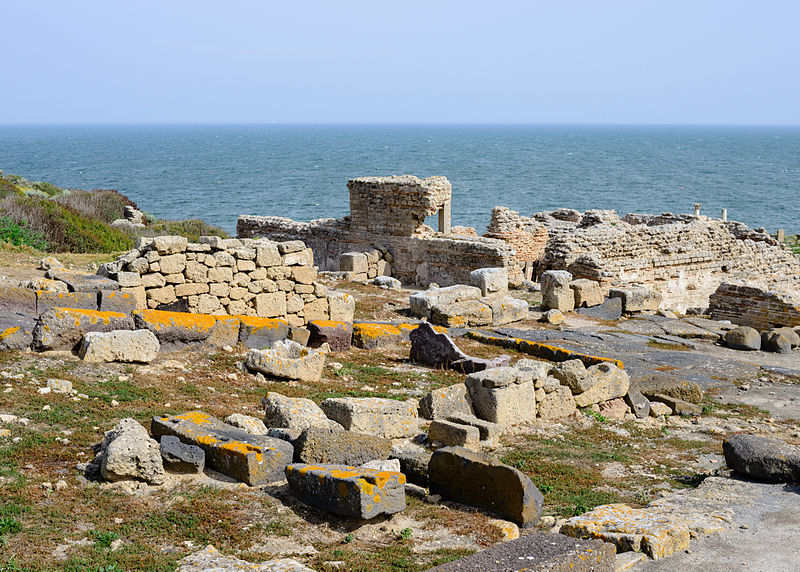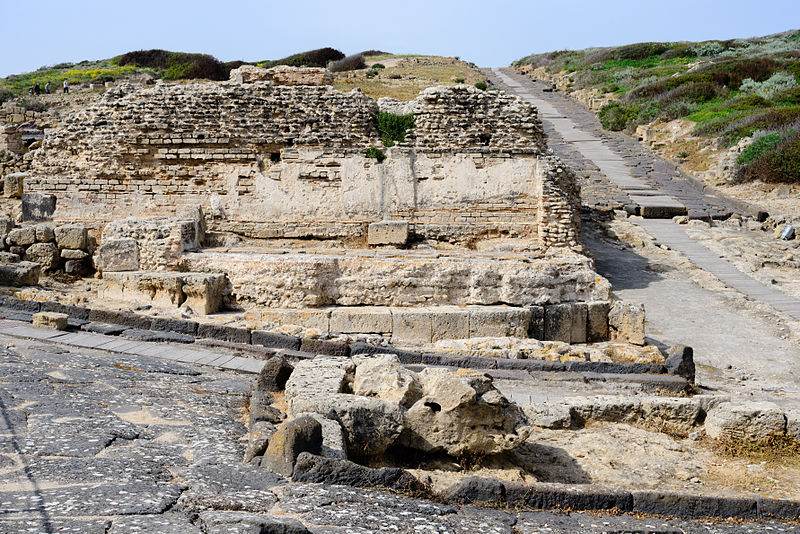
Tharros Archaeological Site
This post is also available in:
 Italiano (Italian)
Italiano (Italian)
The city of Tharros is now an archaeological site in the province of Oristano; the original settlement was probably established at the end of the VIII century BC. by the Phoenicians in an area already inhabited during the Nuragic age.
Following the Carthaginian colonization, the Punic settlers build a “tohpet” (an open-air Phoenician-Punic sanctuary, consisting of a consecrated area where the incinerated infantile and animal remains were ritually deposited) on the remains of a previous Nuragic village, on the top of a hill called “Su Murru Mannu”.
With the Roman domination, the city increased its importance until the IV century A.D., the time of its maximum development; then its decline began. However, the city remained inhabited until the early Middle Ages and was eventually abandoned around 1000 A.C. due to frequent pirate raids. In 1070, the Judge of Arborea officially declared it a “dead city”.
The whole area is currently an open-air museum. What it’s still visible dates back mainly to the Roman domination period or early Christianity. Among the most interesting structures, there is the “Tophet”, the baths, the foundations of the temple, several houses, and artisan shops.
Most of the artefacts found during the excavations were brought to the National Archaeological Museum of Cagliari, the Antiquarium Arborense, in Oristano, the Municipal Archaeological Museum Giovanni Marongiu, in Cabras, and the British Museum, in London.
This post is also available in:
 Italiano (Italian)
Italiano (Italian)
Contatti
Cabras(OR)
0783 370019
tharros@penisoladelsinis.it
http://www.costadelsinis.com/Area-Archeologica-di-Tharros/index.aspx?m=89&f=2&idv=8&id=77
Altre info
Biglietto cumulativo per l'Area Archeologicha di Tharros e Museo Civico Archeologico
Tutto l'anno
Estate: 9.00 - 20.00; inverno: 9.00 - 17.00





